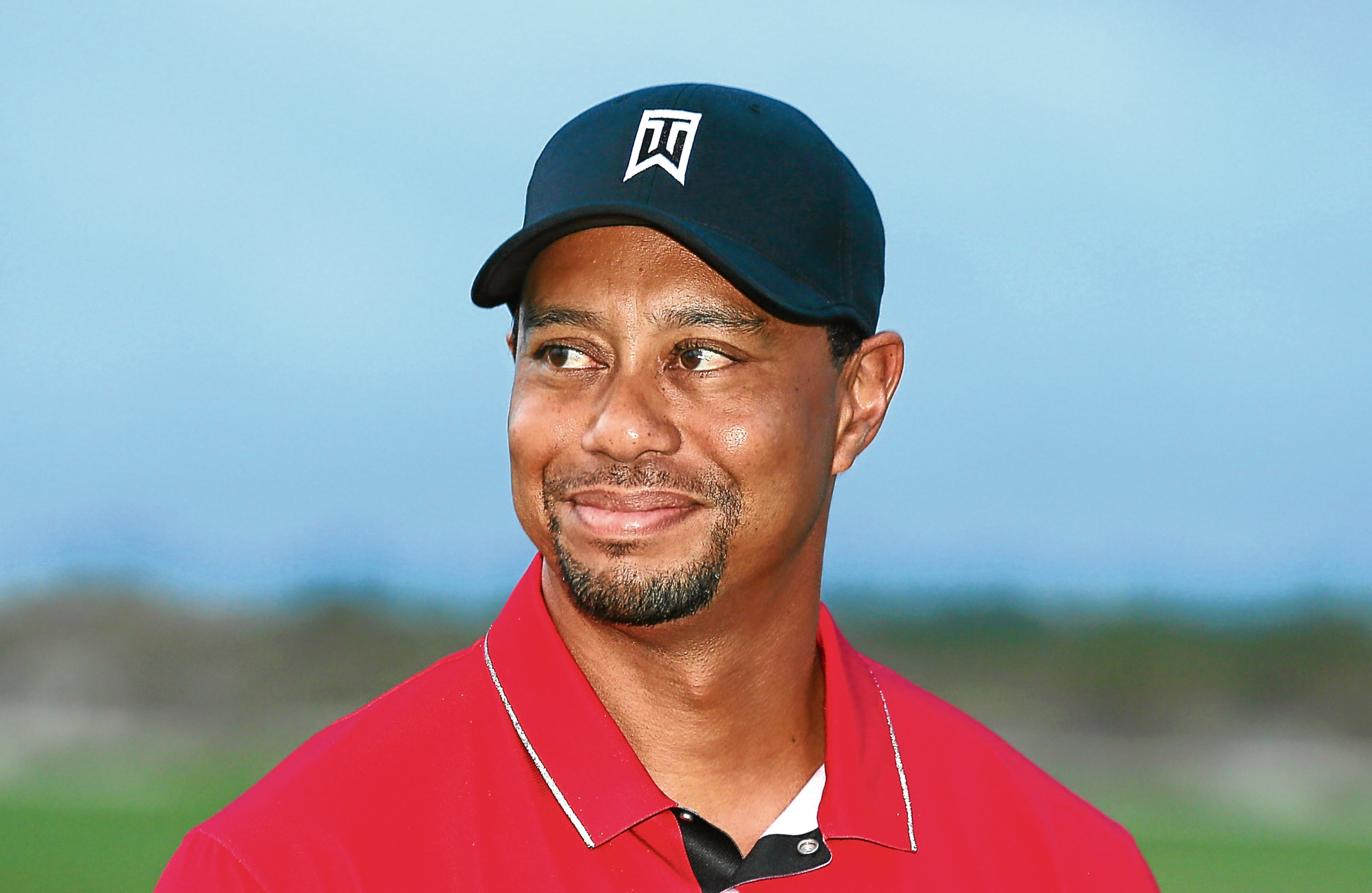You know I don’t like to boast about being right in this column. Aye, right.
Back in January I brazenly predicted that if Tiger Woods returned to play at all in 2016, it would probably be at his own Hero World Challenge event in the Bahamas. And lo, what was foretold has come to pass. Maybe.
I’ll be confident he’s there and playing when I see him stick a peg in the ground this week on the first tee at Albany Golf Club. And only truly sure when he starts the downswing.
The cynical amongst us (raises hand) might think that Tiger’s 15 month sabbatical has actually helped his brand. It’s created mystery.
Had he stayed out there and continued hacking around with a bad back, we might all be averting our eyes right now and speaking in hushed tones of regret at his demise. Instead, the entire golfing world is agog with excitement and expectation, probably none of it justified.
I can’t count the number of articles and Twitter memes and snippets dedicated to Tiger in his pomp during his absence. And yes, it’s all even more beguiling and amazing now from nearly half a decade’s distance.
But that’s largely because he’s not been that player for that amount of time or longer, and the odds are overwhelming that he can’t be again.
I thought two recent Tiger tales spoke volumes to where he is. The first was his entry and then summary withdrawl from the Safeway Open, and the message that his game was “vulnerable”.
That was an interesting choice of word, given that Tiger previously wouldn’t allow anyone to believe he was the least bit vulnerable to anything; he always stoked the Superman image and was contemptuous of anything even slightly touchy-feely.
It can be looked on at two levels; first the most obvious, that he was in a tough place mentally.
But in a public pronouncement? That was totally UnTigery. I suspect it was actually a PR message designed to hype up the comeback to even greater levels.
The other illuminating recent message from Tiger Towers was the rebranding of all his off-field activites into the new TGR company; sort of his version of Jack Nicklaus’ Golden Bear or Arnold Palmer’s umbrella trademark.
It looked to these eyes very much like someone tidying up his locker with a view to a possible retirement. And he did it before his comeback, timed to maximise the growing hype for that.
That hype won’t die if he falls flat on his face in the Bahamas. It’s an 18-player restricted field and, although he wasn’t going to escape a frenzy wherever he returned, it makes sense to do it in the lazy pace of the Caribbean rather than in the media backyard on the mainland US.
The true test is when he starts to be a regular Tour player again (as much as he’ll ever be, he’s not had a proper full schedule for years).
He has taken on the running of the old LA Open at Riviera in February (what constitutes his hometown event) and that follows possible stops at favoured venues like Torrey Pines and Pebble Beach.
It’s about then we can start to determine whether he’s going to be a force again, perhaps ever. This week, for all the hype, is simply a knockabout.
Protecting and building the legacy
A report from Agence France Presse last week related that the Rio Olympic Course was already approaching White Elephant status.
It’s far too expensive to play for what remains a non-golfing country. There is even a chance of it being mothballed just a few months after the Games have left.
We can continue to be smug and cynical about growing the game or we can do something about this. Simply building a course and staging a tournament wasn’t likely to get Brazilians falling over themselves to take up golf.
Leaving the course and golf in Brazil to market forces is plain daft. The PGA Tour, European Tour, IGF, R&A, USGA and everyone with a stake in having more people in more countries play the game should club together and buy the course and run it on a non-profit basis.
Take an annual event there, maybe the PGA Latinamerica Championship. Make it cheap and easy to play for locals.
Solving slowness
It was good to hear our elder stateswoman Catriona Matthew cutting through any awkwardness to point out a truth about women’s pro golf – it simply should not be this slow.
It’s not really slower than the men’s game, but as Catriona points out, playing on courses 1000 yards shorter it really ought to be far quicker.
Speaking to my esteemed colleague Lewine Mair, Catriona thinks they should ban the strange practice only seen on the women’s tours of bagmen “lining up” players.
If this was truly useful, surely it would have gravitated to all levels of golf. Are the pro women not blessed with the same sense of direction as others? Of course not.
Catriona also thinks a blight of the modern game on all tours – green reading books – should also get the axe.
Seconded, unequivocally.
